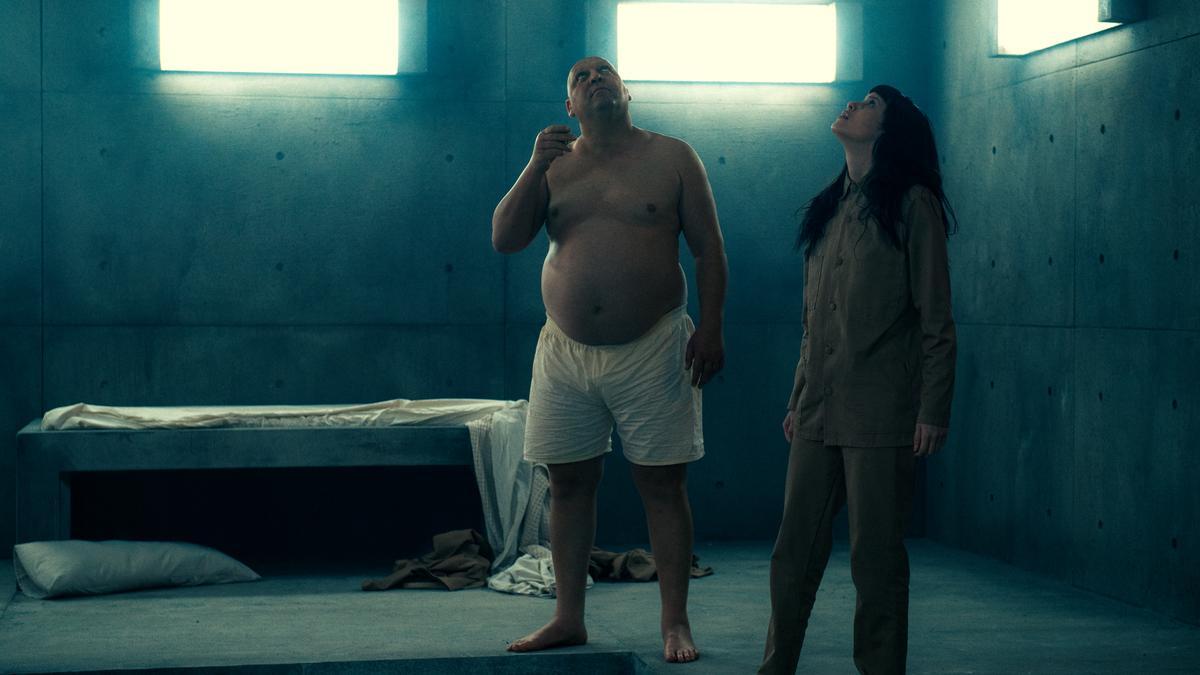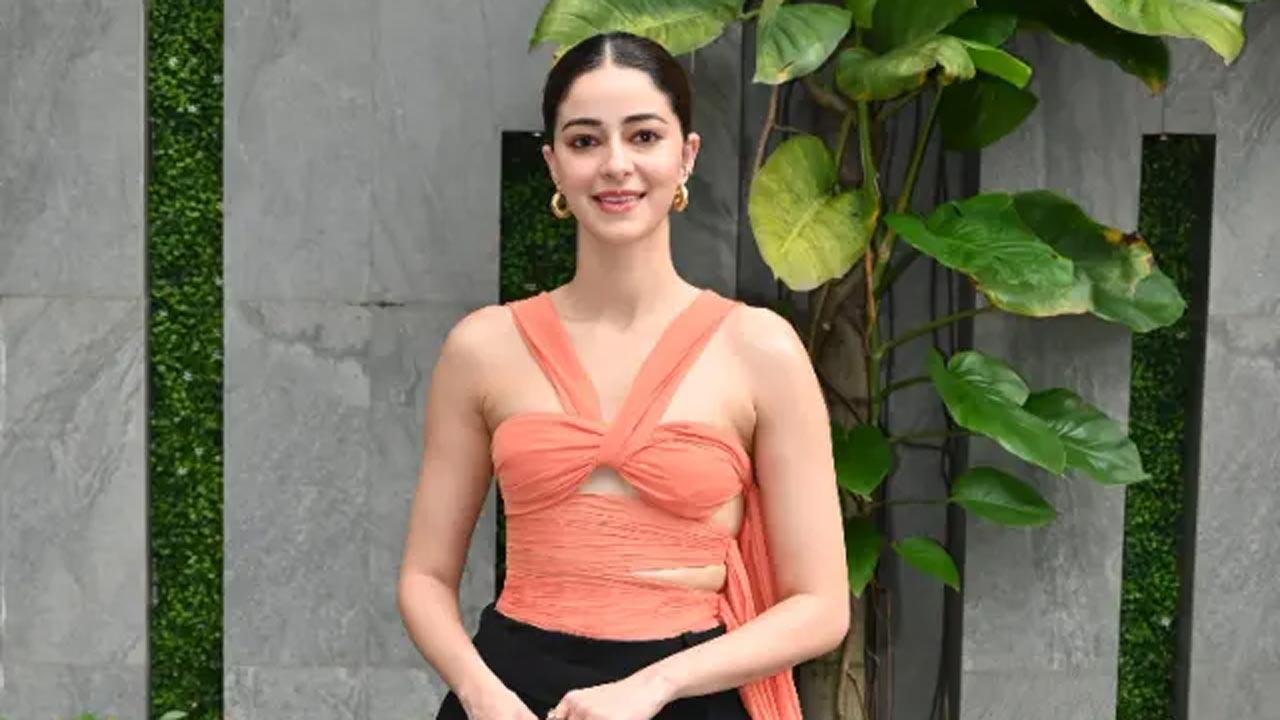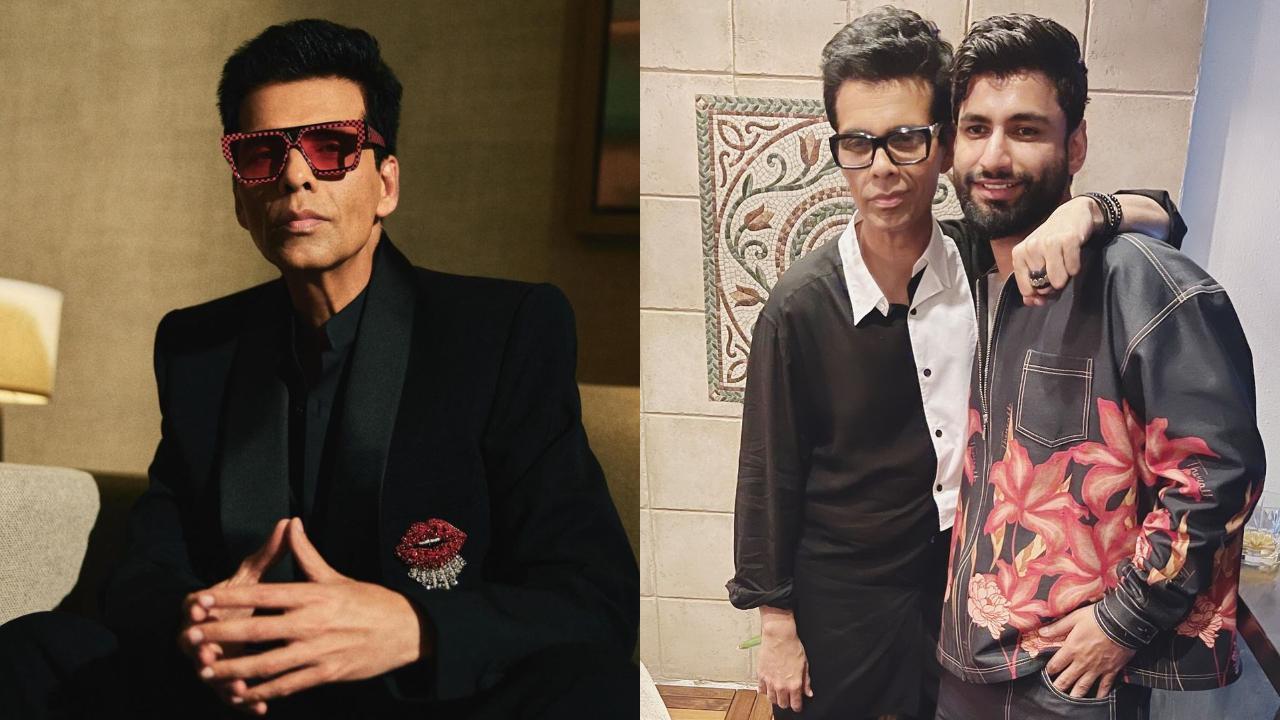
In a year filled with sequels striving to recreate the allure of their original counterparts, Netflix’s The Platform 2 emerges as an ambitious continuation of its Spanish dystopian predecessor. Known for its thought-provoking symbolism and intense narrative, The Platform initially captivated audiences worldwide during the pandemic. The film introduced viewers to a grim environment within a ‘Vertical Self-Management Center’ where inhabitants are positioned at various levels and fed by a descending platform. The catch was simple yet chilling: the lower the platform went, the less food it carried, leading to mayhem. This idea gripped the audience’s imagination as it delved into various social allegories.
Now, in its sequel, The Platform 2, viewers are submerged deeper into this dystopian universe without a moment’s delay. Unlike many films that take their time reintroducing the setting and characters, The Platform 2 plunges directly into the chaos of the pit. This time around, the filmmakers introduce a new system—an ordered arrangement where inmates select their favorite dishes. The rules dictate that they are permitted only their chosen items or swaps that occur via mutual consent. However, in a portrayal reflecting real-world systems, not everyone adheres to these guidelines, leading to sequences that question the efficacy and fairness of the implemented order.
Despite the risk of predictable outcomes, the sequel strives to enrich the narrative by preserving and evolving key elements that set the franchise apart. The film maintains an exhilarating pace, mirroring the first installation, and pulls audiences through the intricate labyrinth of its plot with a vibrancy that refreshes the repetitive scenery of the facility. As anticipated, the symbolism is even more pronounced than before. The downward spiral of personal restraint and societal order remains a central theme, with characters like Perempuan (played by Milena Smit) and Zamiatin (played by Hovik Keuchkerian) witnessing the structure’s breakdown and feeling compelled to act. These characters become part of a narrative exploring broader socio-political and religious metaphors, including the mythological reference to ‘the anointed ones’—individuals chosen or encountering the so-called ‘Master’—as they govern law and order to assure equitable resource distribution.
.
Religion and capitalism continue to be primary thematic concerns driving the storyline. The sequel takes overt strides in drawing parallels to religious iconography, such as referring to the Master as a messianic figure and including a vision akin to The Last Supper. Additionally, the seemingly arbitrary yet symbolic nature of the platform’s 333 levels results in a total of 666 figures, serving as another religious metaphor deeply embedded in cultural lore.
As for character arcs, the transition of Perempuan from a passive observer to a fervent rule enforcer, and eventually to an insurgent doubting the system, provides the platform for one of the film’s strongest narrative shifts. The development not only adds layers to her character but also echoes the broader ideological conflict within and outside the facility. The filmmakers exhibit ingenuity with unique plot elements such as Perempuan’s cellmate who discusses theoretical constructs like imaginary numbers and eventually transforms into her imaginary confidant, a nod to personal isolation and mental health themes.
Unfortunately, The Platform 2 often struggles to capitalize on its strengths. Missing are the poignant and deeply engaging character-driven segments that endeared the audience to the first film’s protagonist, Goreng. Instead, the sequel meanders with transient secondary characters, making it difficult for viewers to forge a significant emotional connection. Instead of deeply exploring the psychological underpinnings of its inmates, the film opts for surface-level conflicts, leaving much to be desired.
The appeal and rationale for The Platform 2’s existence in the cinematic landscape remains a modest offering, somewhat akin to the diminishing portions of food reaching the system’s final levels. Complaints have been levied against the sequel’s English dubbing, which some argue detracts from the authenticity and experience. Where The Platform offered an engaging feast of ideas and emotions, its sequel feels more like a constrained serving that lacks the satisfying complexity of its predecessor.
Currently streaming on Netflix, The Platform 2 invites a pensive audience willing to peel back the layers of its multifaceted social commentary, despite its flaws. For those venturing into this sequel, they enter with the challenge of reconciling its ambitious narrative with the inevitable comparisons to its celebrated forerunner.









